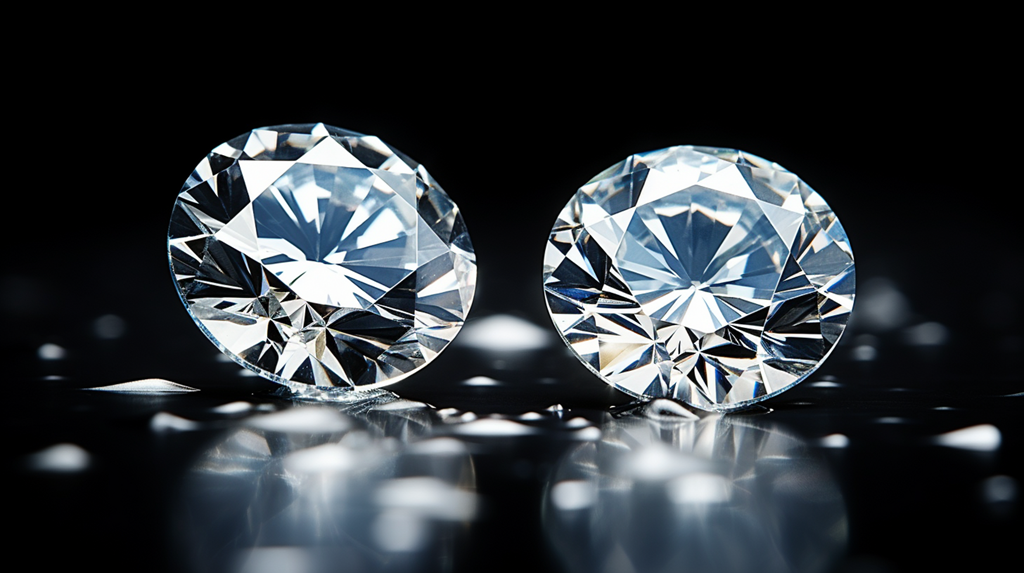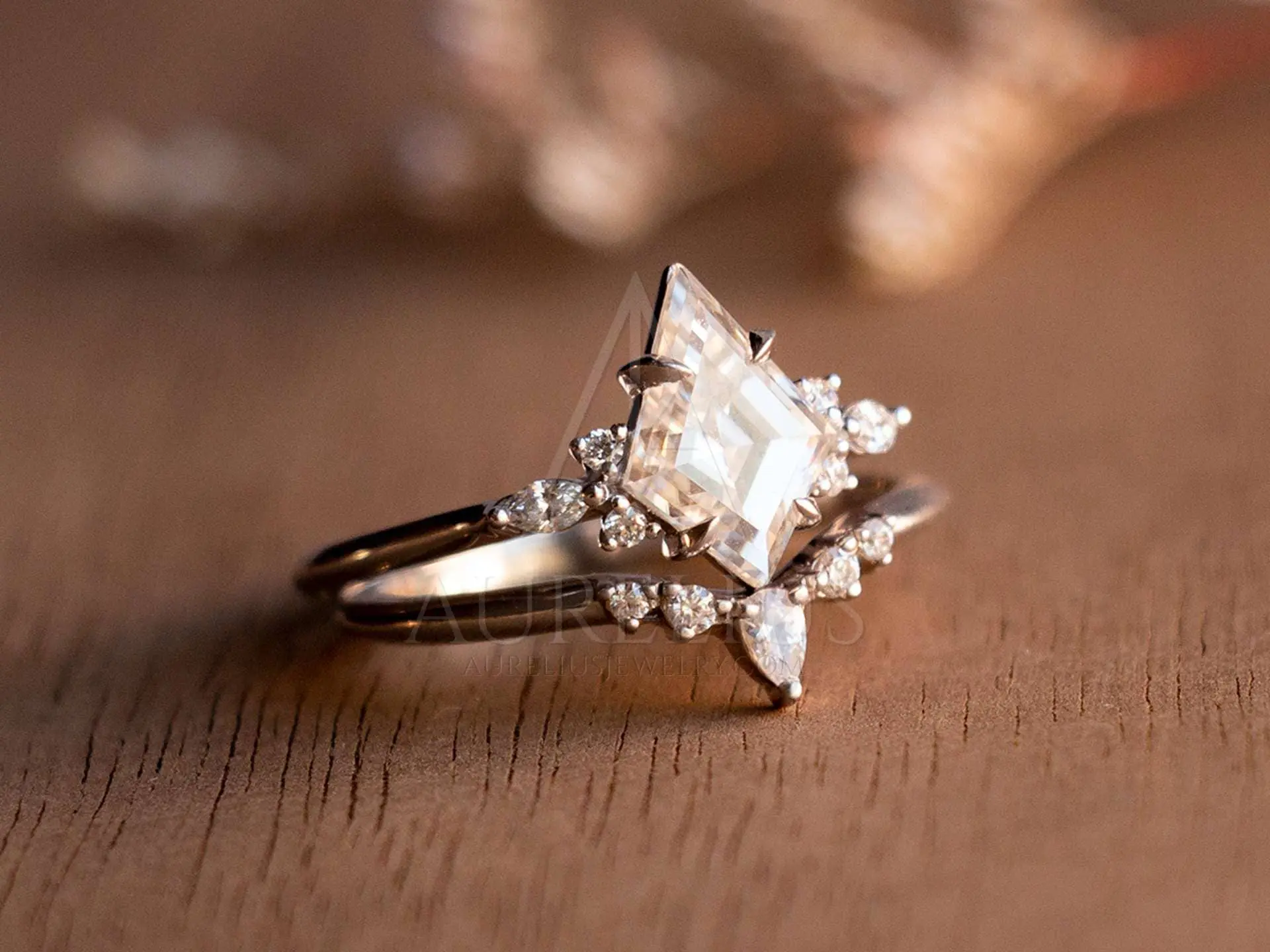Lab-grown diamonds, also known as synthetic diamonds, are produced in controlled laboratory environments using advanced technological processes that mimic the conditions under which natural diamonds form. The two primary methods used are High Pressure High Temperature (HPHT) and Chemical Vapor Deposition (CVD). These techniques allow scientists to create diamonds that are virtually indistinguishable from natural diamonds in terms of chemical, physical, and optical properties.
Table of Contents
Physical and Chemical Properties
Chemical Composition and Structure
Both lab-grown and natural diamonds are composed of carbon atoms arranged in a crystal lattice structure, which gives them their exceptional hardness and brilliance. Due to this identical structure, lab-grown diamonds exhibit the same hardness (10 on the Mohs scale) and refractive index as their natural counterparts.
Inclusions and Blemishes
Natural diamonds often contain unique inclusions such as minerals, crystals, or other imperfections formed during their natural creation. These inclusions are sometimes seen as nature’s fingerprint, adding to the stone’s character and uniqueness. Lab-grown diamonds may also have inclusions, but these are typically metallic and result from the manufacturing process. Advanced technology has allowed for the creation of lab diamonds with fewer inclusions and higher clarity grades compared to many natural diamonds.
Environmental Impact
Sustainability Considerations
Natural Diamond Mining: The extraction of natural 랩다이아 천연다이아 차이 can have significant environmental impacts, including habitat destruction, soil erosion, and water pollution. Moreover, some mining operations have been linked to ethical concerns, including human rights violations and funding of conflicts.
Lab-Grown Diamonds: Producing diamonds in a laboratory setting generally results in a smaller environmental footprint compared to traditional mining. Lab-grown diamonds require significantly less land use and do not involve disruptive mining practices. However, the energy consumption in lab-grown diamond production, particularly if sourced from non-renewable energy, is a consideration that cannot be overlooked.
Market Value and Investment Potential
Economic Factors
Natural diamonds have long been seen as valuable investments, often increasing in value over time due to their rarity and enduring demand. The resale value of natural diamonds tends to be higher, and they are often passed down as heirlooms.
Lab-grown diamonds, while growing in popularity, typically have a lower resale value. The technology to create them is advancing, which can lead to fluctuations in their market value. They are generally more affordable upfront, offering excellent value for those looking for beauty and quality without the higher price tag associated with natural diamonds.
Consumer Perception and Trends
Consumer preferences are shifting as awareness of environmental and ethical issues grows. Many younger buyers favor lab-grown diamonds for their sustainability credentials and lower cost. This trend is influencing the market, but natural diamonds still hold a place of prestige and luxury.
Certification and Grading
Assessing Quality
Both lab-grown and natural diamonds are graded using the same criteria: the Four Cs – Carat weight, Cut, Color, and Clarity. Leading gemological institutes such as the Gemological Institute of America (GIA) and the International Gemological Institute (IGI) provide certifications for both types of diamonds, ensuring that consumers can make informed decisions based on standardized quality assessments.
Identifying Differences
While it is challenging to distinguish between lab-grown and natural lab made diamonds with the naked eye, trained gemologists can use specialized equipment to identify them. Certification reports from reputable laboratories will clearly indicate whether a diamond is natural or lab-grown.
Choosing Between Lab-Grown and Natural Diamonds
Purpose of Purchase
Engagement Rings and Jewelry: For those seeking a cost-effective yet stunning option for engagement rings or other jewelry, lab-grown diamonds offer an excellent alternative without compromising on beauty or quality.
Investment and Collectibility: If the diamond is intended as an investment or an heirloom piece, natural diamonds are often preferred due to their historical value and market stability.
Personal Values and Priorities
Consider what is most important to you. If ethical sourcing and environmental impact are primary concerns, lab-grown diamonds might align better with your values. On the other hand, if the allure of owning a piece of Earth’s history is compelling, a natural diamond will offer that connection.
Conclusion
The choice between lab-grown and natural diamonds ultimately depends on personal preferences, values, and intended use. Both types of diamonds have their unique advantages and considerations. Lab-grown diamonds provide an eco-friendly, cost-effective alternative that does not compromise on beauty or quality. Natural diamonds, with their storied formation and traditional appeal, continue to captivate those who value rarity and natural origin.




